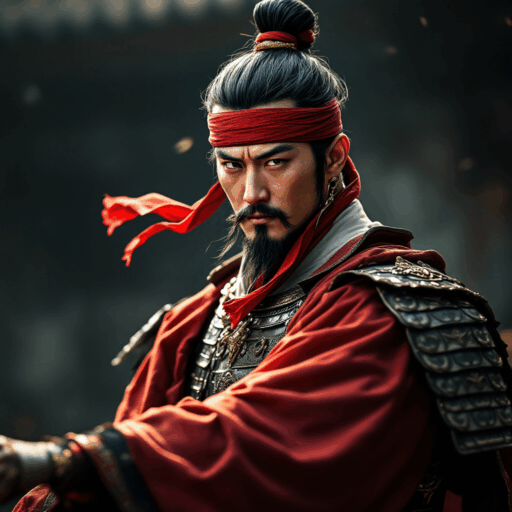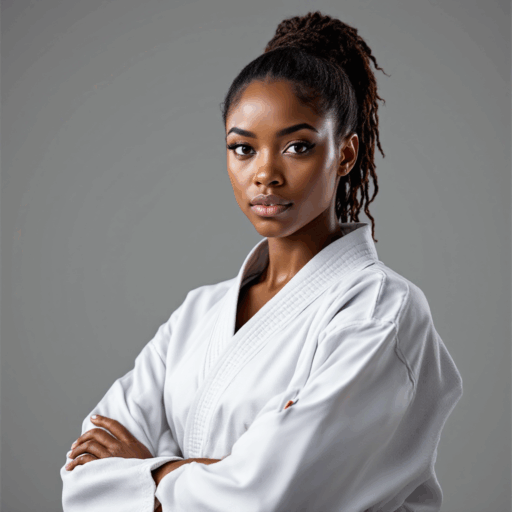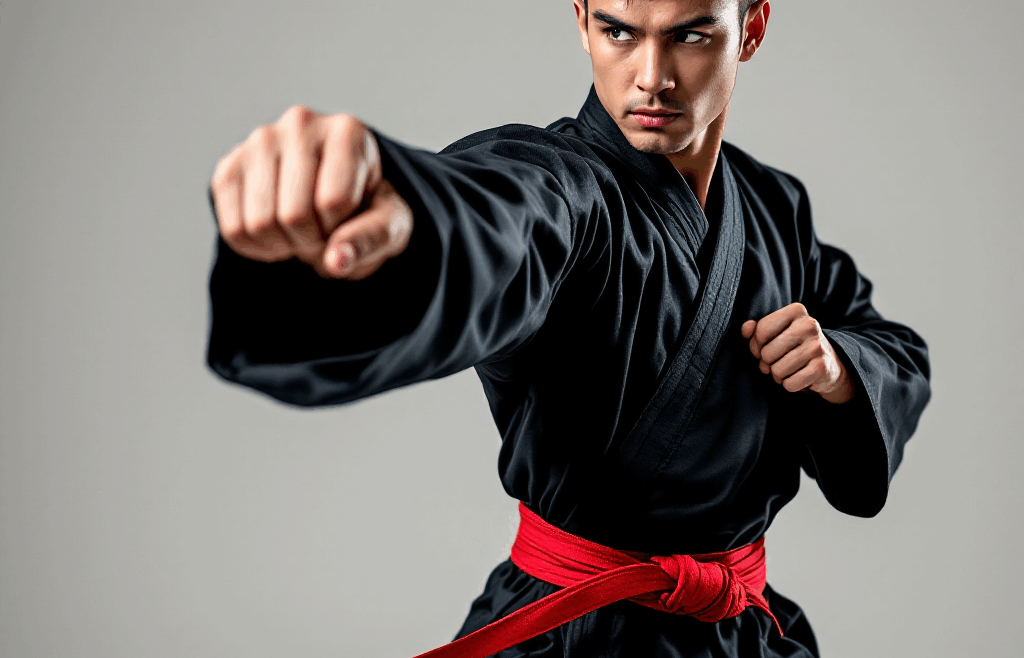Korean martial arts have a rich history that spans thousands of years. From early combat techniques for survival to refined systems practiced worldwide today, they reflect Korea’s culture, resilience, and evolution. Here’s a simple guide to their journey, perfect for young readers!
Early Beginnings
A long time ago, in Korea’s earliest days, people trained in fighting to hunt and defend their homes. Some of the oldest signs of martial arts can be found in ancient rock carvings. These show people wrestling, fighting, or shooting arrows. Early martial arts were all about survival and protecting their families.
 The Three Kingdoms Period (1st Century BCE – 668 CE)
The Three Kingdoms Period (1st Century BCE – 668 CE)
During this time, Korea was divided into three kingdoms: Goguryeo, Baekje, and Silla. Each kingdom developed its own fighting styles:
- Goguryeo warriors practiced wrestling and hand-to-hand combat, as seen in tomb murals.
- Baekje took ideas from China and Japan to improve sword fighting.
- Silla had the Hwarang, a group of young warriors who trained in archery, swordsmanship, and martial arts. They also learned about being kind and brave through Buddhist and Confucian teachings.
Unified Silla and Goryeo Periods (668–1392 CE)
After Silla united the kingdoms, martial arts grew even more. During the Goryeo Dynasty, Korean wrestling (Ssireum) became a popular sport, and techniques for fighting with and without weapons were written down.
Joseon Dynasty (1392–1897 CE)
During this time, martial arts became more organized. Kings helped write manuals about fighting, such as the famous Muye Dobo Tongji. These books taught people how to use swords, spears, and even their hands for combat. Two important martial arts of this time were:
- Taekkyeon: A smooth kicking and self-defense art.
- Gwonbeop: A style of fighting using strikes and grapples.
Challenges During Japanese Rule (1910–1945)
When Japan took control of Korea, many Korean traditions, including martial arts, were banned. But some, like Ssireum (wrestling) and archery, survived. New styles, like Karate and Judo, also influenced Korean martial arts during this time.
Modern Korean Martial Arts
After Korea’s independence, martial arts became a way to celebrate Korean culture. Some of the most famous styles today are:
- Taekwondo: Known for its powerful kicks, this is now an Olympic sport.
- Hapkido: A mix of strikes, grappling, and self-defense.
- Taekkyeon: Revived as a traditional treasure of Korea.
- Kuk Sool: A comprehensive martial art that includes techniques from various Korean fighting styles, such as strikes, joint locks, and weapons training. Kuk Sool focuses on both physical skills and mental discipline, emphasizing the importance of harmony and respect.
Why It Matters
Korean martial arts teach more than fighting. They focus on discipline, respect, and mental strength. Today, people all over the world practice these arts, keeping the spirit of Korean history alive.
EXPLORE KUK SOOL
Are you interested in learning more about the Kuk Sool discipline of Korean Martial Arts? Explore programs available at Clemson Martial Arts!

